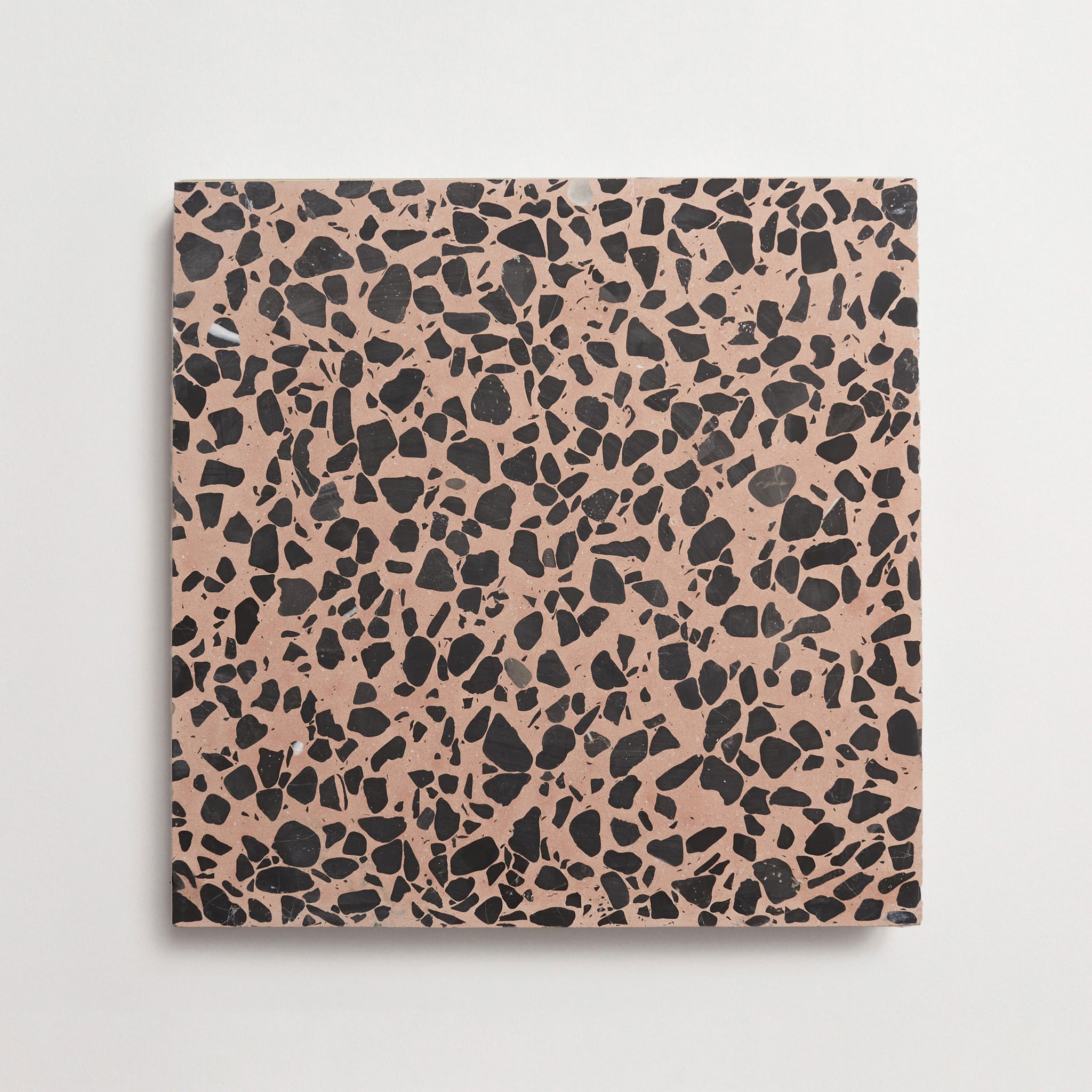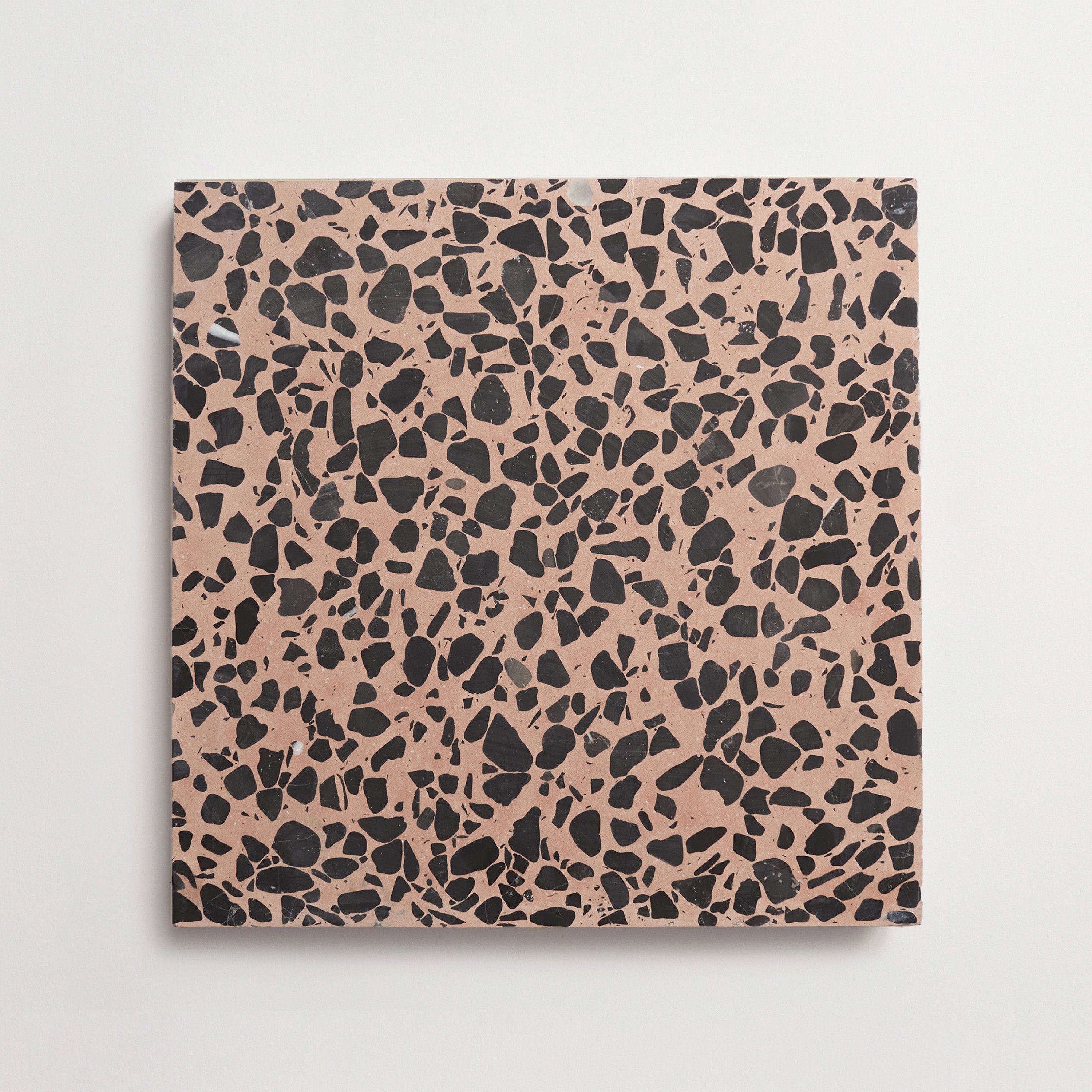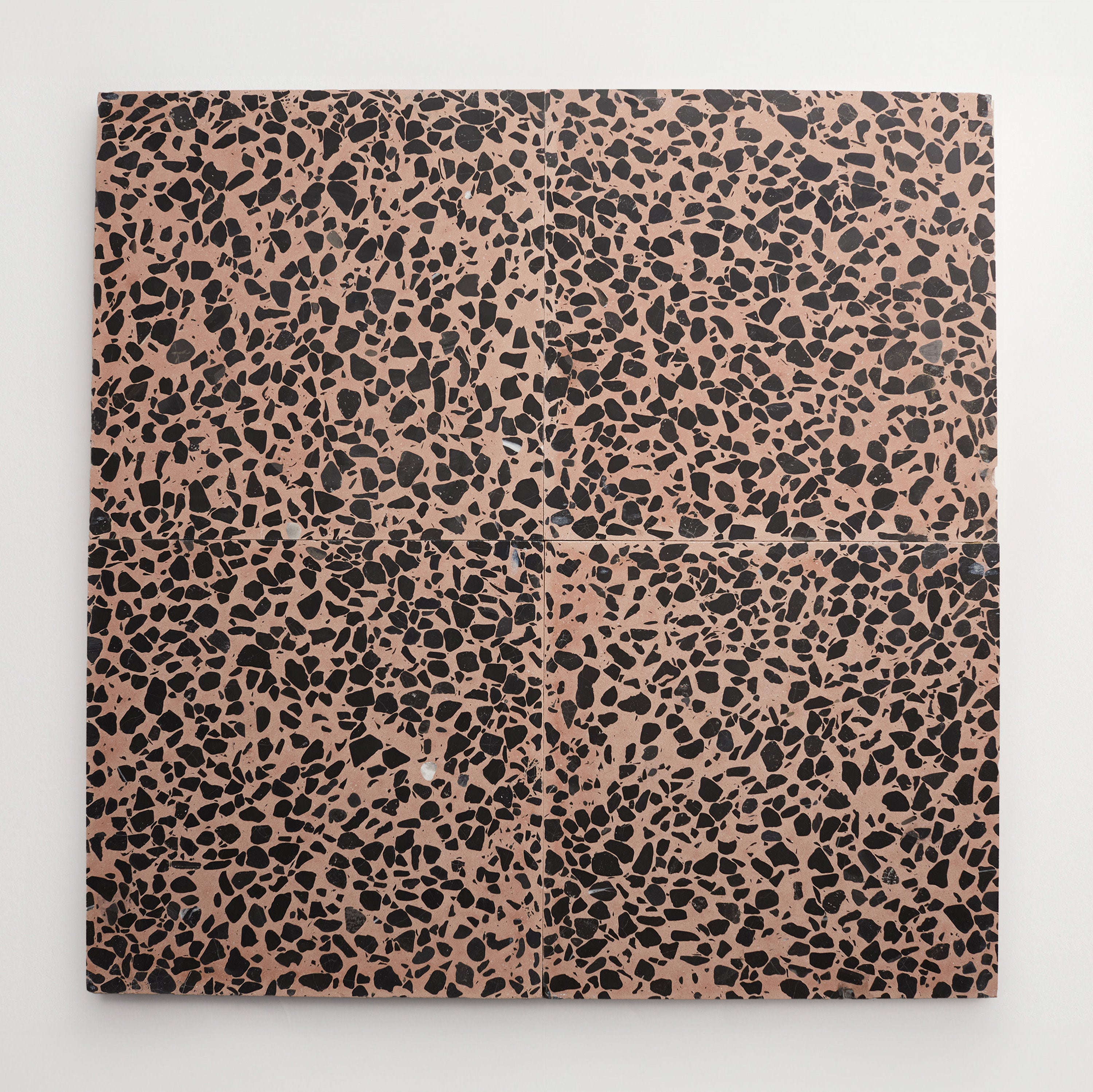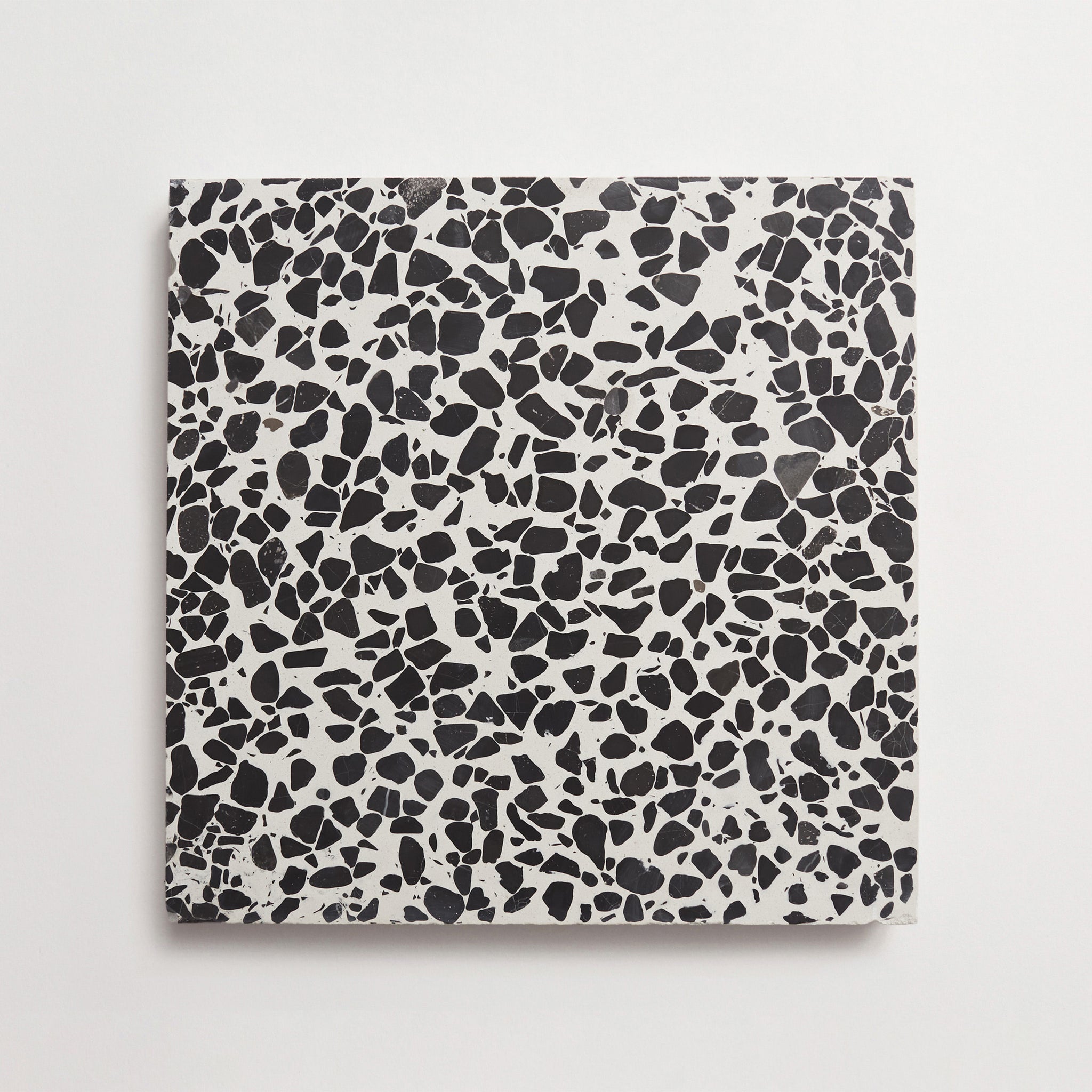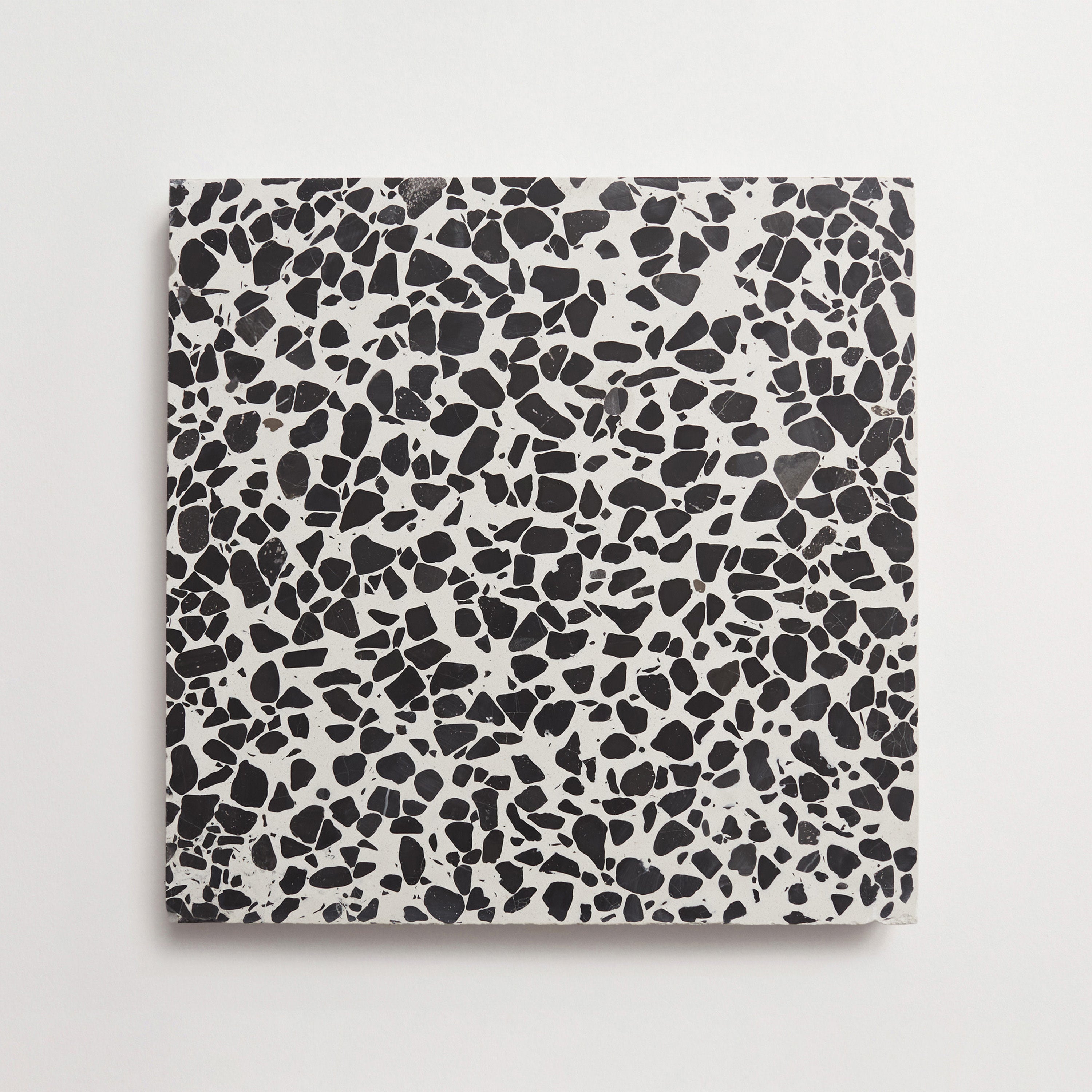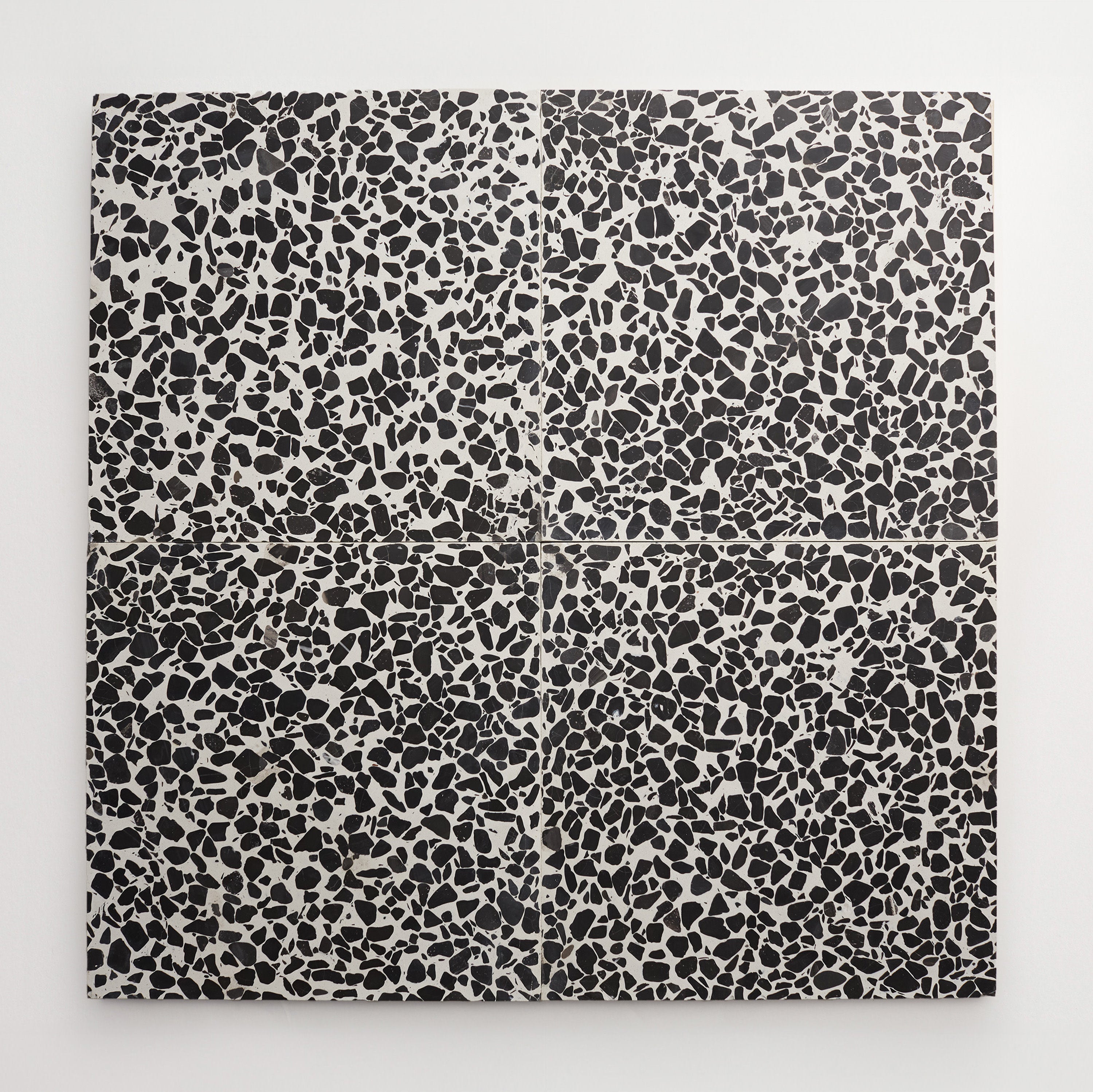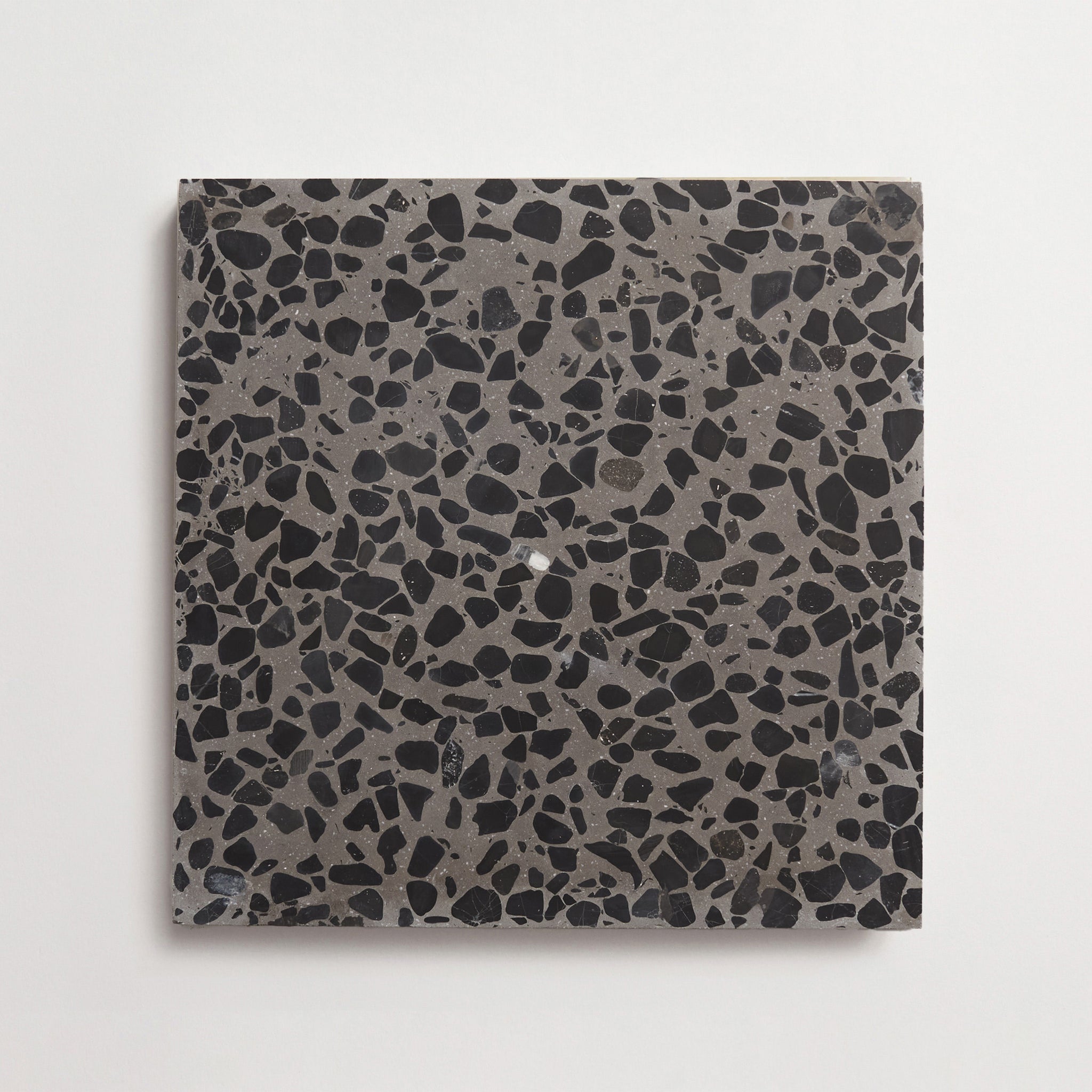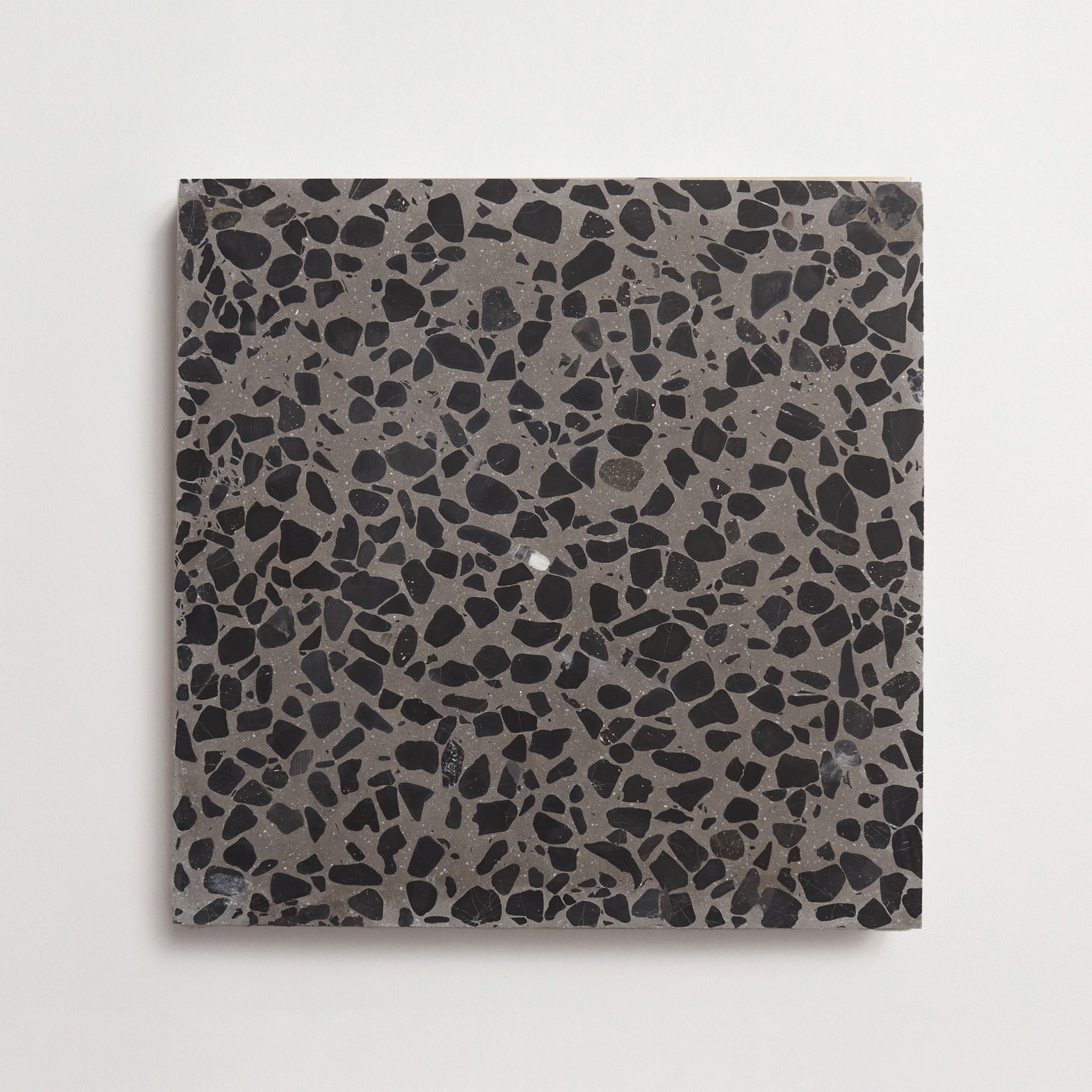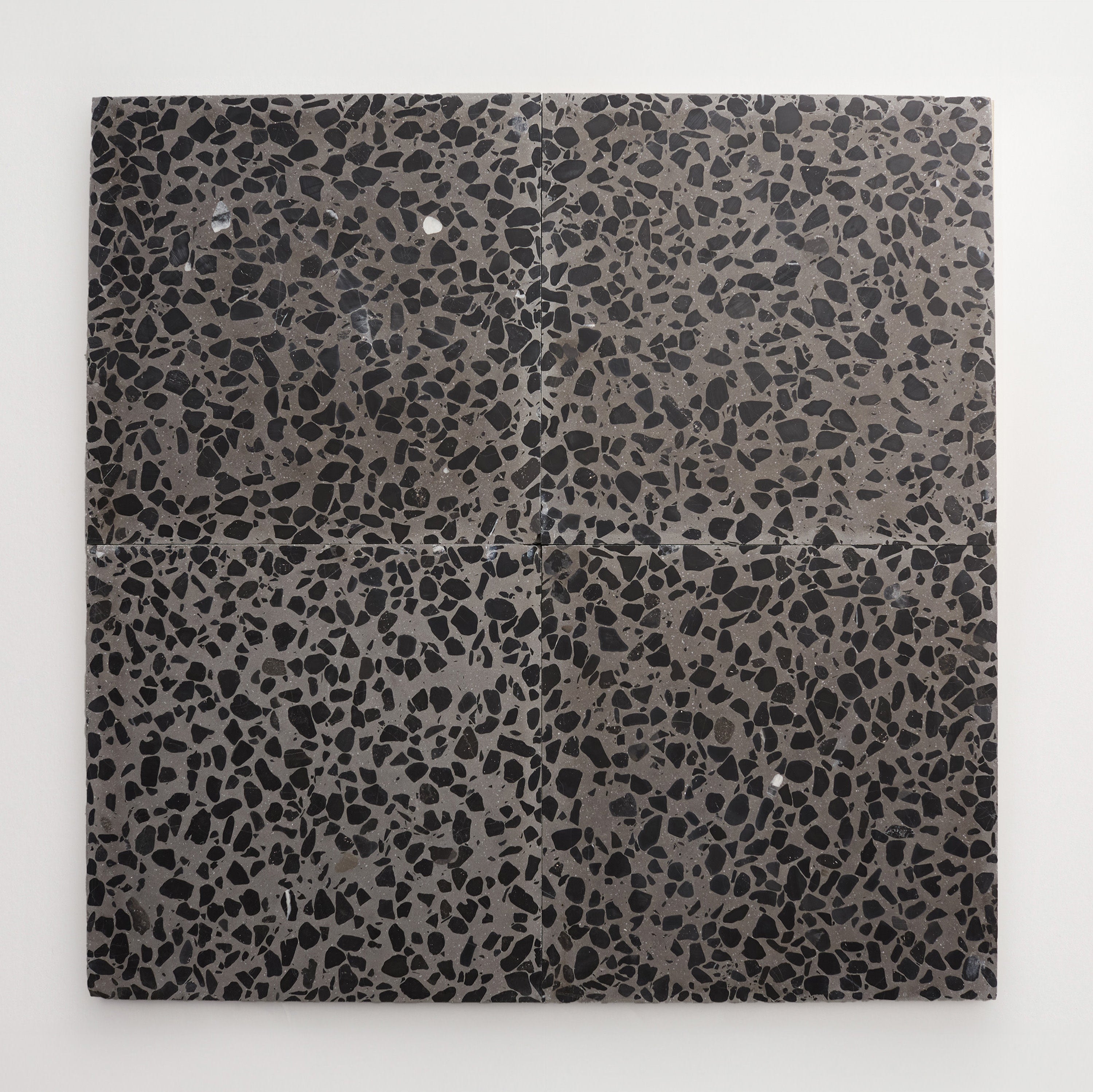your shopping cart is empty.

Permeable Patio Ideas: 10 Tile Solutions for Eco-Friendly Spaces
Designing an outdoor space that balances beauty and sustainability starts with the right patio surface. Permeable patio ideas using tile solutions not only create inviting areas for relaxing and entertaining but also support eco-friendly living by helping manage water runoff.
From cement tiles paired with gravel joints to wide pavers with intentional spacing and textured ceramics that combine style with function, there are many ways to achieve this balance. Let’s also look at some top material choices—like cement, stone, and more—that bring durability and character to eco-conscious patios.
Transform your outdoor sanctuary with our curated patio tile collection—where artistry meets function.
10 Tile Solutions for Eco-Friendly, Permeable Patios
1. Cement Tiles with Gravel-Filled Gaps
Cement tiles paired with gravel-filled joints offer a smart and stylish way to create a permeable hardscape that supports natural drainage. The cement provides a strong, stable walking surface, while the gravel between tiles allows rainwater to filter back into the ground instead of pooling or running off.
This combination balances durability with eco-conscious design, giving your outdoor space a modern look that also helps manage water sustainably. (For non-permeable designs, you can lay tile directly over concrete, too—here’s a guide.)
2. Terracotta Tiles in a Spaced Layout
Terracotta tiles arranged in a spaced pattern offer naturally sustainable permeable patio materials while delivering warmth and character. The rich, sun-baked hues echo the Mediterranean, creating a timeless outdoor setting. By leaving deliberate gaps between each tile, rainwater can filter back into the soil. These joints may be filled with gravel, sand, or creeping greenery for a softer, organic touch.
The layout not only cuts down on runoff but also enhances the textural variety of the patio. Terracotta’s breathable quality keeps surfaces cooler underfoot, even in hot climates. It’s a versatile design that works beautifully in rustic, bohemian, or coastal-inspired outdoor areas. In joining eco-conscious design with classic beauty, terracotta is both practical and enduring.
3. Brick Tiles with Permeable Jointing
Here’s a way to provide a functional and eco-friendly approach to outdoor patio design. Brick tiles, with their earthy tones and classic look, bring warmth and timeless appeal to any space, from rustic gardens to more structured landscapes. By using wider joints filled with gravel or other porous materials, you’ll support better drainage while maintaining the durability brick is known for.
The jointing materials can also add contrasting texture and color, enhancing the overall aesthetic. Brick’s natural slip resistance makes it a safe choice for high-traffic or family-friendly areas (here’s a deep dive on non-slip surfaces for patios and other outdoor living spaces). Its enduring strength ensures the patio will remain beautiful and functional for years.
4. Stone Tiles in an Open Grid Formation
Natural stone tiles arranged in an open grid layout strike an effective equilibrium between natural beauty and environmental responsibility. This pattern uses deliberate spacing between tiles, often filled with loose aggregate, grass, or groundcover plants, to encourage rainwater absorption and reduce runoff. The organic texture and varied tones of stone make each patio unique, blending seamlessly with outdoor landscapes.
Open grid designs also soften the hard edges of stone, creating a more relaxed and inviting look. The gaps offer room for creative customization, whether distinctive fillers or greenery. This style also reduces heat retention, keeping patios cooler to the touch. Known for their sturdiness, stone tiles withstand the elements with ease.
5. Checkerboard Layout with Grass or Gravel Infill
Here’s an approach that adds both allure and sustainability to a patio design. Alternating tile squares with natural elements like grass or gravel creates a striking visual rhythm that doubles as a permeable surface. The open spaces allow rainwater to soak into the ground, minimizing erosion. Grass infill adds a soft, organic contrast, while gravel provides a clean, low-maintenance option.
The design can be scaled to suit large entertaining areas or intimate garden nooks, offering flexibility in size and style. It also encourages creative personalization, with choices of tile material, color, and filler. Beyond its eco-friendly benefits, this layout introduces movement and balance to the patio. Functional yet eye-catching, a checkerboard patio is a smart solution for greener outdoor spaces.
6. Large-Format Pavers with Strategic Spacing
Intentionally spaced large-format pavers offer a sleek yet eco-conscious approach to patio design. By leaving deliberate gaps between oversized tiles, water can naturally filter into the soil below, supporting groundwater recharge. The wide scale of the pavers creates a clean, contemporary look that pairs well with both modern and rustic landscapes. Spaces between tiles can be filled with gravel, turf, or low-growing plants, adding softness and variety.
This layout not only enhances permeability but also breaks up large expanses with textural interest. The balance of solid stone and open joints gives the patio a grounded yet airy feel. It combines visual impact with sustainability, especially in spacious yards, blending form and function.
Explore timeless patio tile options that balance design, durability, and eco-conscious living.
7. Mosaic Tile Designs with Drainage Capability
Mosaic tile brings artistry to eco-friendly patios while still allowing for effective drainage. Small, irregularly shaped tiles can be arranged with intentional spacing, letting rainwater filter through the joints. This concept creates a highly textured, visually striking surface that feels both decorative and practical. Grout lines can be replaced with permeable materials like decomposed granite.
The variety of shapes, colors, and finishes available makes it achievable to design patterns that reflect personal style. At the same time, the built-in gaps are an inherently sustainable landscaping practice. This method combines intricate detail with practical performance, ideal for patios that double as design statements.
8. Cobblestone-Inspired Tile Patterns
This design offers a timeless look while supporting conservational patio design through permeability. By arranging rounded or irregularly shaped tiles with intentional spacing to look like cobblestones, you’ll allow water to seep naturally into the ground below. This approach mimics the old-world charm of classic European streets, while the varied shapes and sizes create a surface with natural rhythm and visual depth.
Gaps between the tiles can be filled with permeable materials. The result is a surface that feels organic, durable, and full of character. It’s an excellent option for creating walkways, patios, or gathering areas that merge beauty with function.
9. Decorative Cement Tiles with Hidden Drainage Support
Ornamental cement tiles with built-in drainage add artistic flair and ecologically sound function for patio spaces. These tiles often feature intricate patterns or bold colors, bringing personality to outdoor living areas. Beneath their polished look, they can be installed with discreet spacing or sub-layers that allow rainwater to drain off the tile and into the soil.
This dual purpose makes them ideal for homeowners who want style without compromising sustainability. The sturdy nature of cement ensures they’ll last even in high-traffic zones. At the same time, their versatility in design means they can suit a range of settings with ease. Pairing them with permeable fillers or an underlayer system enhances their environmental benefits.
10. Textured Ceramic Tiles for Aesthetic and Function
Textured ceramic tiles bring visual interest and practical advantages to eco-friendly patios. Their slightly rough surfaces add depth and character, making outdoor areas feel more inviting and unique. Beyond their looks, the texture also helps reduce slipperiness, creating safer walking conditions in wet weather. When arranged with subtle spacing or combined with permeable installation methods, these tiles allow water to pass through instead of running off.
This balance of form and function makes them a smart choice for homeowners seeking sustainable yet stylish options. Available in a wide range of colors, finishes, and sizes, they can complement a slew of design aesthetics. Their durability ensures they withstand the demands of outdoor use while still maintaining their beauty.
If you’re looking for non-permeable designs for rooftop patios, read on.
Best Permeable Patio Tile Materials
Cement
You have a lot of choices for patio flooring, but for permeable patios in particular, cement tiles are a practical and adaptable option. Their solid yet versatile nature allows them to be laid with intentional spacing, paired with porous joints, to encourage natural water absorption. This helps maintain a stable, durable surface that can handle frequent use.
They come in a variety of shapes, sizes, and finishes, which means cement tiles can be tailored to suit both modern and traditional outdoor aesthetics. They’re also relatively easy to maintain and can be sealed for added protection, making them a long-lasting, environmentally logical choice that doesn’t sacrifice design flexibility.
Terracotta
For an organic, earthy tone that aligns with permeable patio design, check out terracotta tiles. Their porous nature allows for effective water absorption, especially when installed with spaced joints filled with gravel, sand, or grass. This not only decreases stormwater runoff but also elevates the rustic, Mediterranean-inspired look that terracotta is known for. The natural clay material ages beautifully, developing a patina that adds character over time, making it both functional and visually appealing.
Durable yet breathable, terracotta works espoecially well in climates with dry or moderate weather, offering an inviting, timeless surface that combines sustainability with organic beauty.
Brick
This classic choice for permeable patios offers durability and timelessness while providing green design. Brick tiles’ slightly porous composition allows some water absorption, and when paired with permeable jointing materials like gravel, sand, or turf, they create effective drainage channels that help minimize runoff in large or small patios alike.
Brick’s natural tones complement outdoor landscapes, whether in traditional herringbone patterns or more relaxed, wabi-sabi layouts. They’re also strong enough to hold up under heavy foot traffic, making them practical as well as visually appealing. Over time, brick develops character through subtle weathering, giving patios an enduring appeal.
Stone
Natural stone is one of the most resilient and elegant options for permeable patio surfaces. When installed with intentional spacing or in open grid formations, stone tiles allow rainwater to filter through joints filled with porous materials, lessening runoff while maintaining a stable walking surface.
Each piece of stone carries unique textures and color variations—from cool grays and blues to warm golds and browns—bringing an organic, timeless quality to outdoor spaces. Its durability makes it ideal for patios that need to withstand both the elements and frequent use. Beyond function, stone’s natural character creates a refined yet earthy atmosphere.
Check out these design tips for outdoor floor tiles.
Permeable paving ideas like these illustrate that sustainability and style can go hand in hand, offering surfaces that manage water responsibly while highlighting outdoor aesthetics. With the right materials and layouts, you can create a patio that not only looks beautiful but also contributes to a more environmentally-friendly way of living outdoors. Here are some other ideas to explore.
Ready to elevate your outdoor space? Discover the perfect tile solution in our patio collection.
-
Argilla
-
Dolce Vita Terrazzo
:
-
Torrone I
-
4
" x
-
4
" x
-
⅛
"
-
sqft
/
$
-
Blanco
-
Dolce Vita Terrazzo
:
-
Torrone I
-
8
" x
-
8
" x
-
⅞
"
-
sqft
/
$
-
Carbone
-
Dolce Vita Terrazzo
:
-
Torrone I
-
4
" x
-
16
" x
-
⅝
"
-
sqft
/
$






